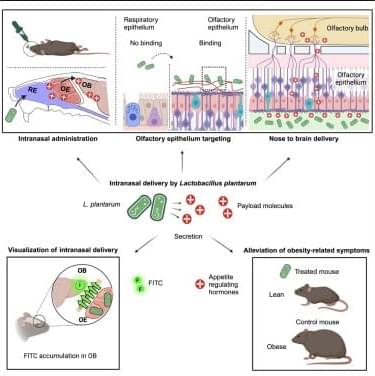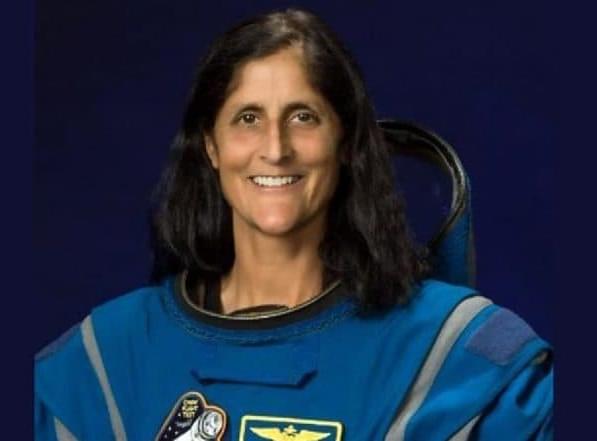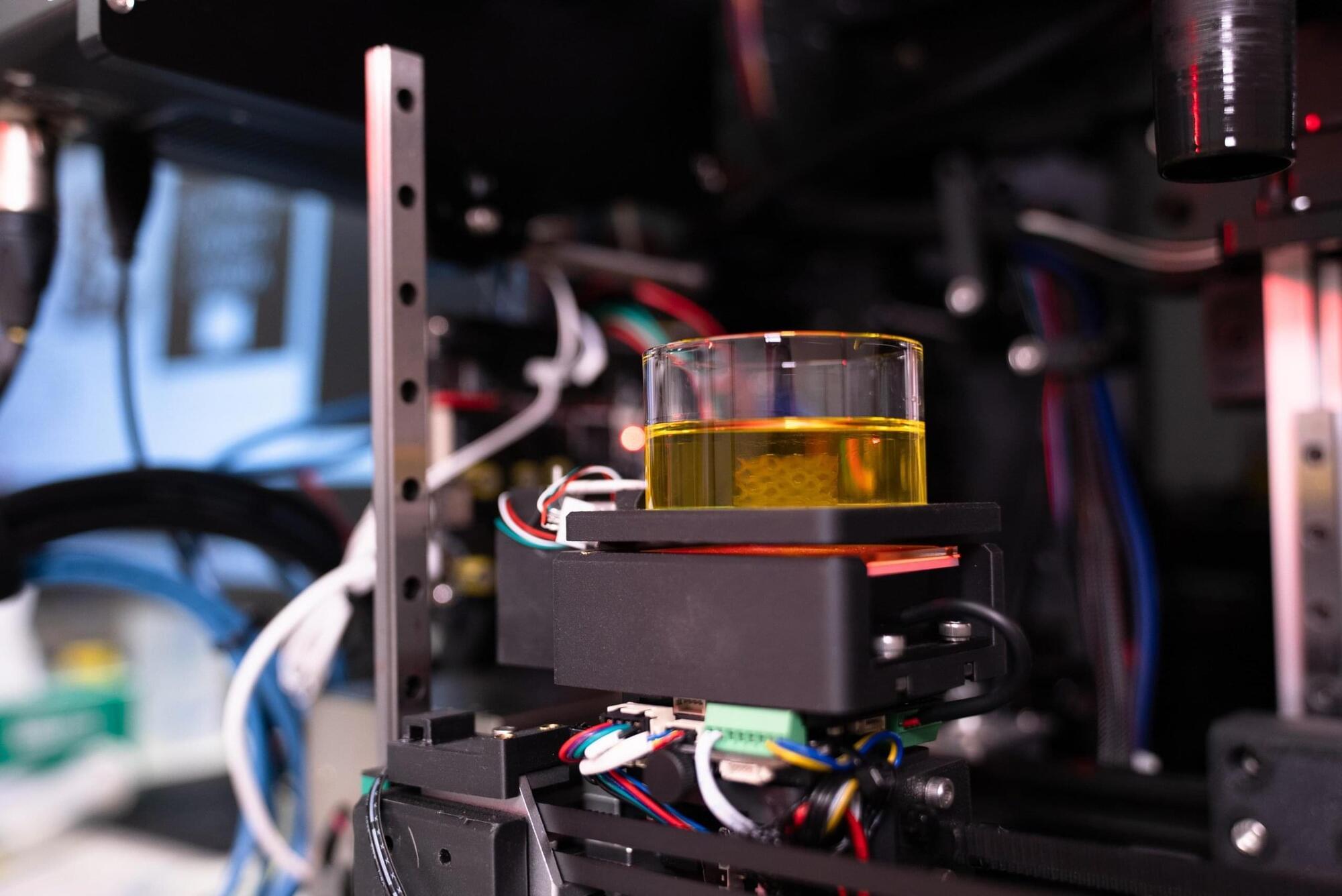Imagine that malignant brain tumors are not the unbridled chaos of unchecked growth we think they are, but they are actually communicating with brain cells in very specific ways. That’s what Stanford neuroscientist Michelle Monje MD, PhD, discovered about certain types of brain cancer (called gliomas), including a deadly childhood form called DIPG. It turns out that these tumors can form connections with the brain’s circuitry (just like brain cells do) in order to fuel their own growth. But it’s not just cancers that start in the brain that are doing this. Monje and Stanford researcher Julien Sage, PhD, discovered that a type of cancer that starts in the lungs also engages in this form of hijacking when it spreads to the brain. This is important because we now have significant insight into the process of tumor growth. And these findings help us better understand how we might be able to treat or stop these cancers altogether. For more information, read “Dangerous infiltrators” in Stanford Medicine magazine: https://stan.md/4gZHRh7
#Cancer #Neuroscience #BrainCancer #Glioma #CancerResearch #StanfordMedicine #TumorGrowth #CancerBreakthrough #MedicalResearch #BrainHealth #Oncology.
Stanford Medicine advances human health through world-class biomedical research, education and patient care. Bringing together the resources of Stanford University School of Medicine, Stanford Health Care and Lucile Packard Children’s Hospital, Stanford Medicine is committed to training future leaders in biomedicine and translating the latest discoveries into new ways to prevent, diagnose and treat disease.
The Stanford Medicine YouTube channel is a curated collection of contributions from our School of Medicine departments, divisions, students, and the community. Our diverse content includes coverage of events, presentations, lectures, and associated stories about the people of Stanford Medicine.





